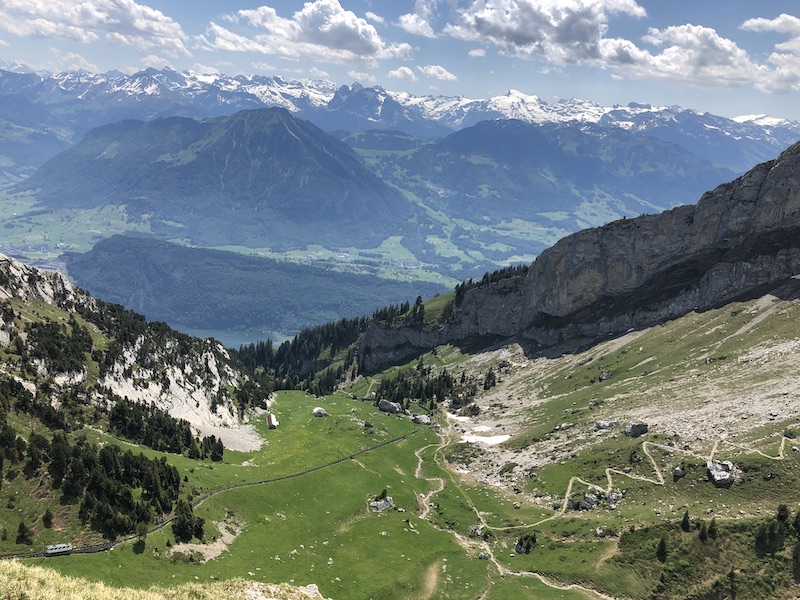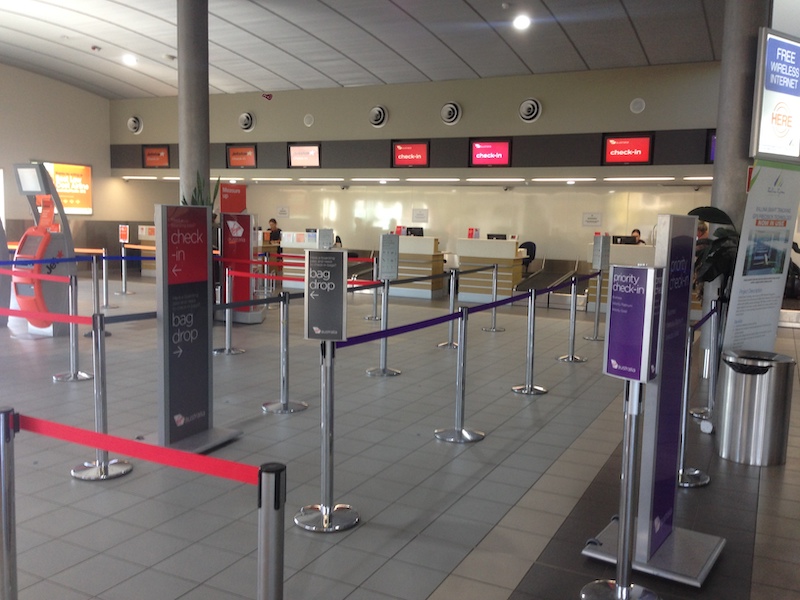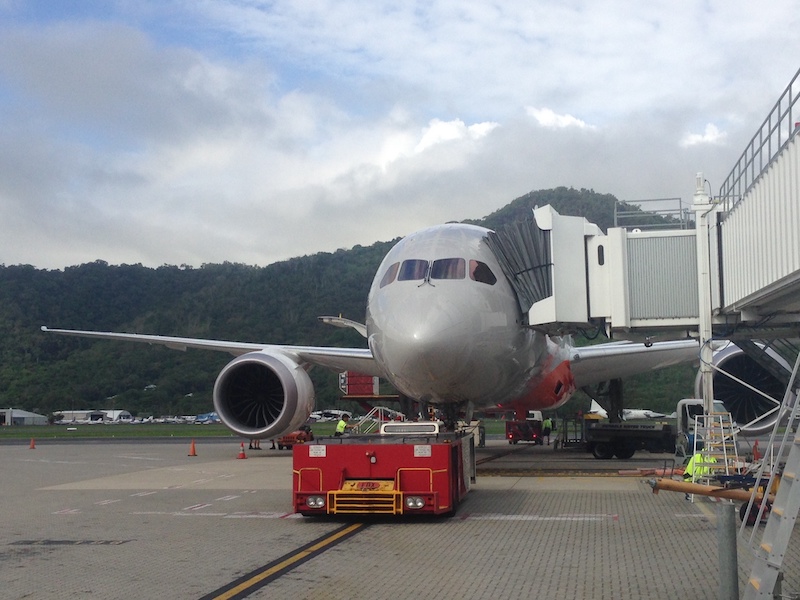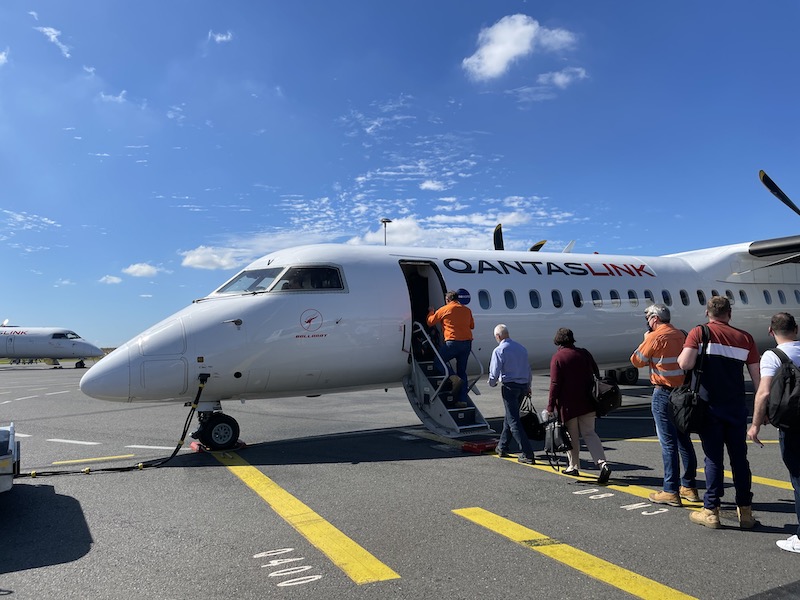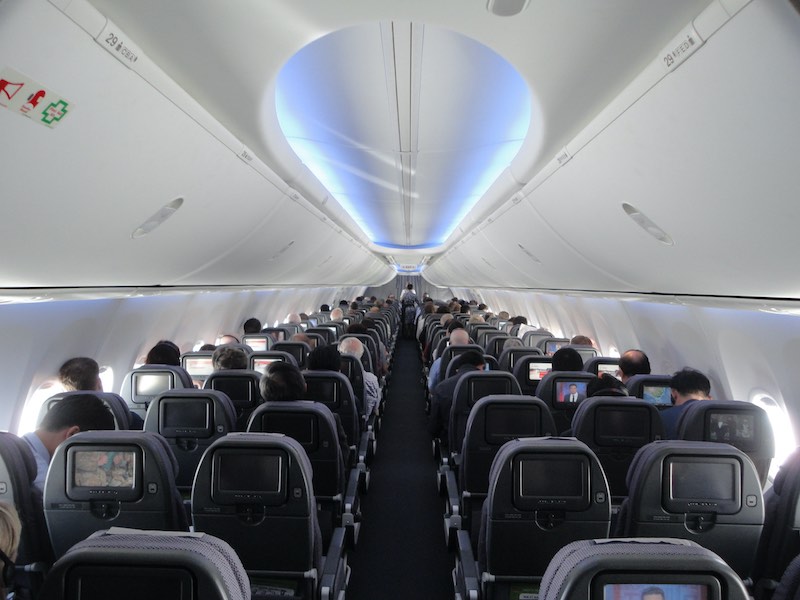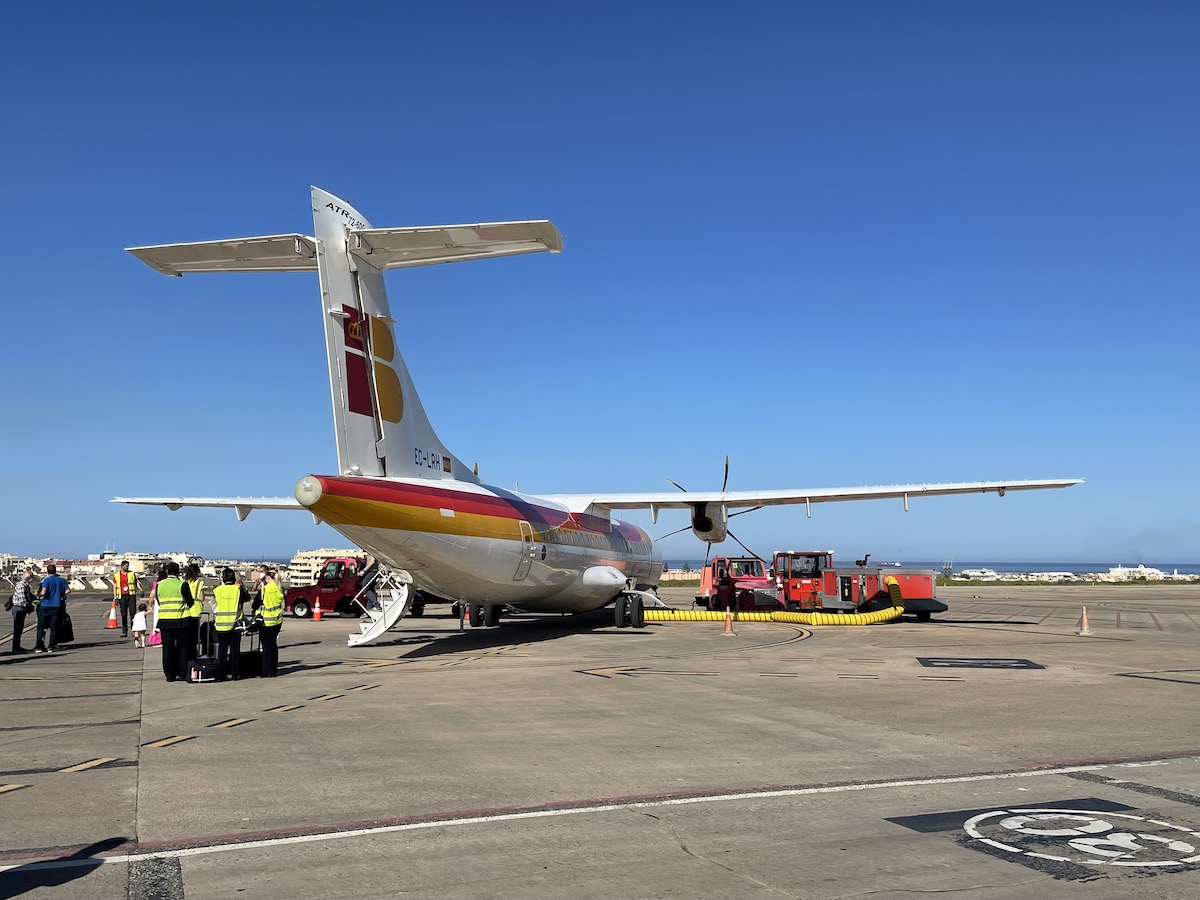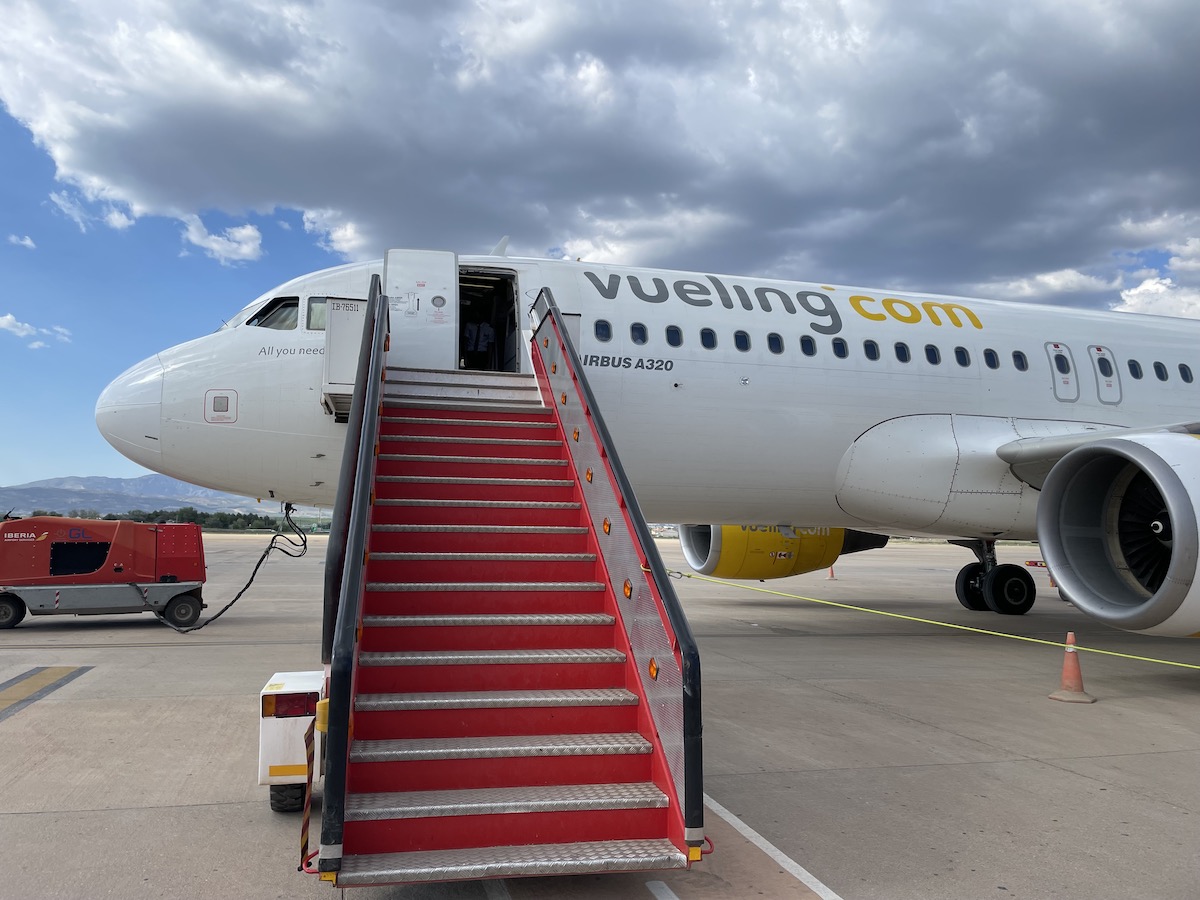Waking up in the charming Swiss city of Lucerne a beautiful view filled the windows of our loft AirBnB room. Our AirBnB was a few minutes’ drive up the hill from the old town and the view of seemingly endless mountain peaks provided the inspiration for today’s adventure – climbing the worlds steepest cog railway. We had spent the previous day making the short drive from Zurich to Lucerne before getting our big kid nerdiness on at the Swiss Museum of Transport – a great taster for today’s real life railway adventure. We’d also explored Lucerne’s historic town centre including the historic wooden bridge that draws thousands of visitors each day.
Our hosts had prepared a delicious breakfast tray of cold meats, fresh breads, yoghurt and fruit for us to enjoy while plotting our course for the day. I could get used to a breakfast tray like this to start each day. Our plan was to depart Lucerne and drive to Alphnachstad where we would explore the worlds steepest cog railway before continuing across Switzerland to arrive in one of Europe’s smallest nations, Liechtenstein for the night. While only about 2.5 hours of driving if we took the direct route, we’d planned a slightly longer route to get a few more lakeside mountain views on our journey. We were in no rush so decided the scenic route might open up some different opportunities.

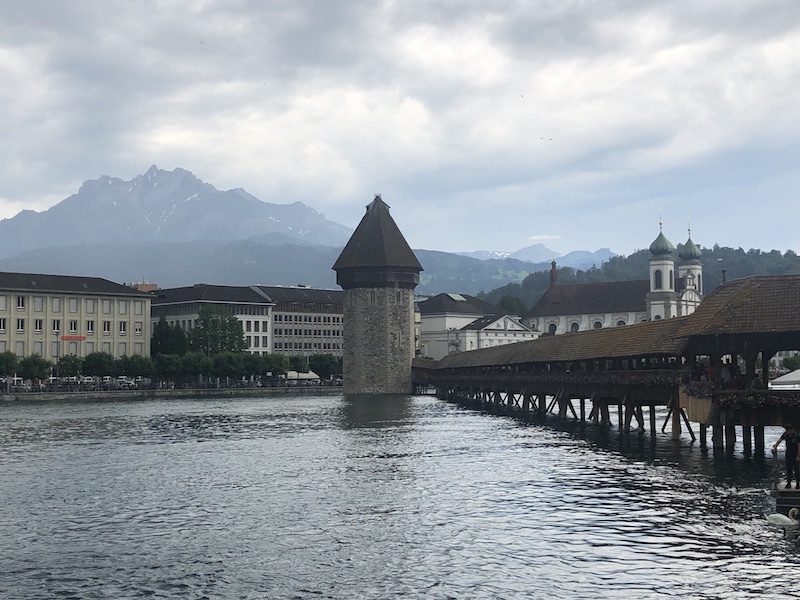
Having a car gave us the freedom to avoid the crowds so set off shortly after breakfast and made the short 15min drive to Alpnachstad station. This station is a transfer point between the regular train line, the ferry terminal and the cog railway station. Many visitors come by boat from Lucerne so we made sure we planned our arrival to arrive before the ferry to beat the crowds. After parking the car and purchasing a parking permit that lasted the whole day we rushed to get tickets and board the train up Mt Pilatus. The train journey is not cheap, costing around €70 per person for the round trip up and down the mountain side, but given we’d come this far we figured it was worth the cost. When else would we be able to ride the steepest railway in the world!
Opened under steam traction in 1889 the railway is the steepest of its kind in the world climbing a gradient of up to 48% along the 4.6km journey up the mountain. The impressive gradient climbs 1,629m vertically as the cogs pull the railway cars from the shore of Lake Lucerne to the Mt Pilatus station. The railway was later electrified in 1937 and has been in private hands since its creation. The station gives a hint to the gradient we will be climbing as the angled cars wait for us on the split level station. We board our cars and one by one, each of the set of cars starts its independent journey up the mountainside.

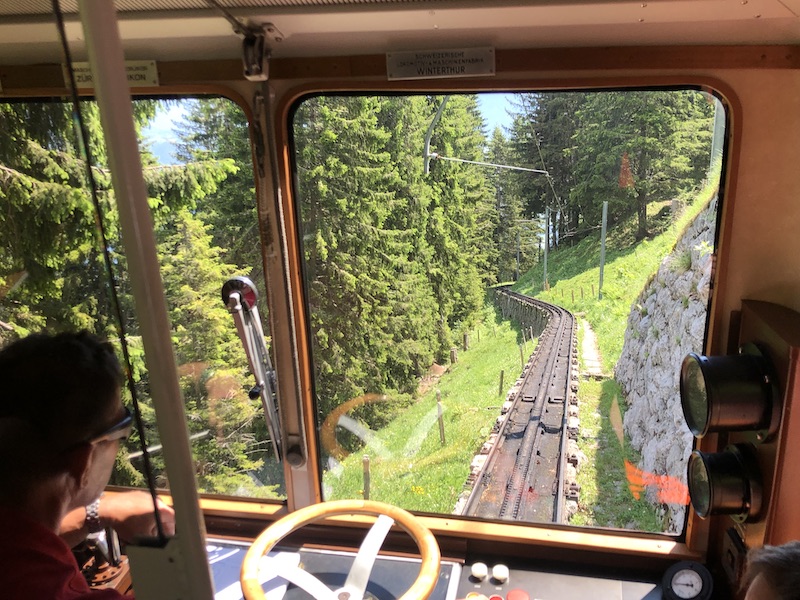
Our convoy of railcars climbed up the mountain passing signs indicating the gradient for each particularly steep section of track. With an average gradient of 35% it didn’t take long for us to climb high above the lake and pass through lush green hillsides with the occasional cow bell ringing over the sound of the train pulling us higher and higher. We paused at a passing lane at the halfway point to allow the downhill procession of cars to pass our convoy. The landscape on the second part of the journey changed as we climbed above the tree line from lush green to barren and steep rock before the final section of track cut through tunnels carved in the rock to reach the summit station.
Once at the summit station it did feel a little like a theme park with overpriced food, a hotel and convention centre and a viewing platform. There are a variety of hikes that start or end at the summit station, including one that goes from the base of the mountain and ends it several switchback tracks making their way to the lookout. We watched some hikers finish what looked like a long climb up the mountain and then took a much more leisurely loop around the dragon path that starts at the hotel. This short 10-minute loop climbs up a little higher than the summit station to a small cross (every mountain needs one of these) before cutting through the rock in tunnel staircase to the other side of the mountain.
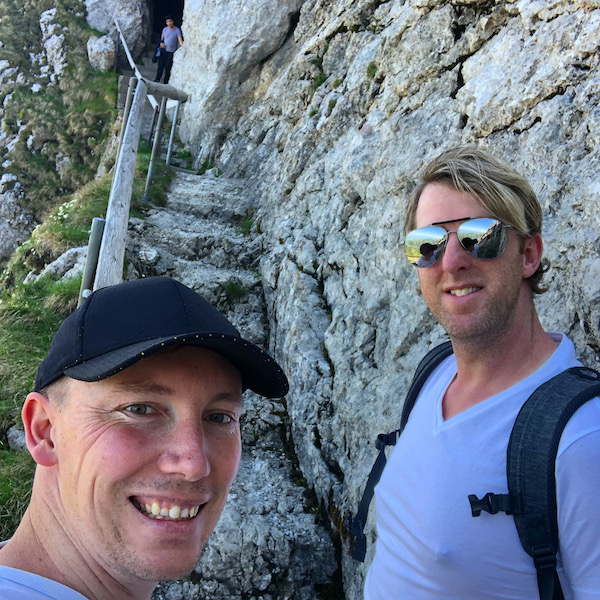
We passed a group of more adventurous youths who had left the path and climbed on some precarious outcrops despite the signs warning of death. I’m sure their photos would have been great but even looking at them gave us both vertigo. We retreated into the dragon’s tunnel, safe from steep edges and finished the circular route back to the terminus. The final stretch of tunnel has windows carved in the tunnel walls to provide a great view of the aerial gondola arriving at the opposite side of the mountain terminus station. The gondola provides a year round alternate access to the mountain peak and many visitors go up railway and down using the gondola for a complete mountain experience. Given our car was waiting for us at the railway, and my fear of gondolas, the railway was our roundtrip transport method.
While the cog wheel railway was the attraction that brought us to the mountain, the views from the top were everything you imagine you’ll see from a Swiss mountaintop. On all sides were valleys of beautiful green with miniature towns hugging brilliant blue lakes at the bottom. The fresh mountain air lived up to its name, our lungs filling with clean and crisp air as we wandered relatively aimlessly on the top of the world, or at least it felt like the top of the world. Turns out that despite the amazing views, Pilatus doesn’t even rank in the top 30 mountain peaks in Switzerland by height. The highest point in Pilatus is just under 7000ft high, whereas the highest peak in Switzerland is over 15,000ft. Despite being only half way to the top of Switzerland there were still patches of snow and the views were still amazing and well worth the morning adventure.
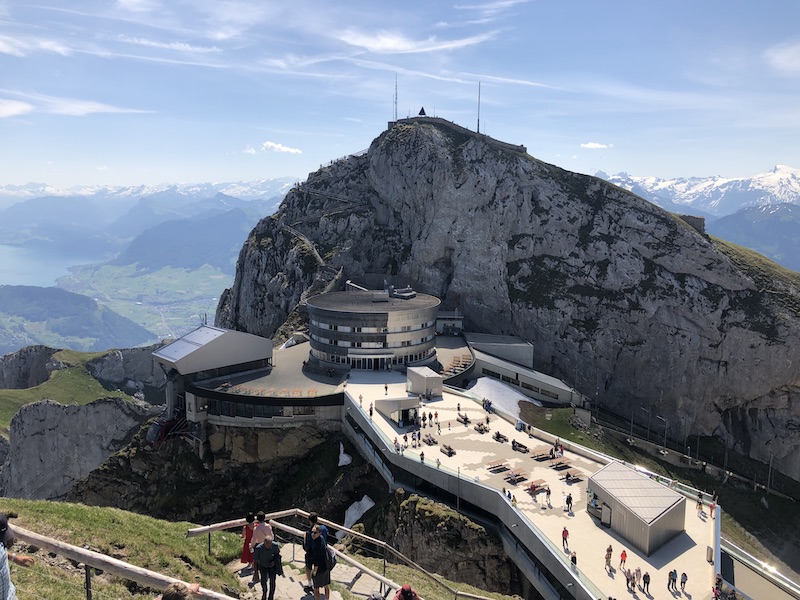
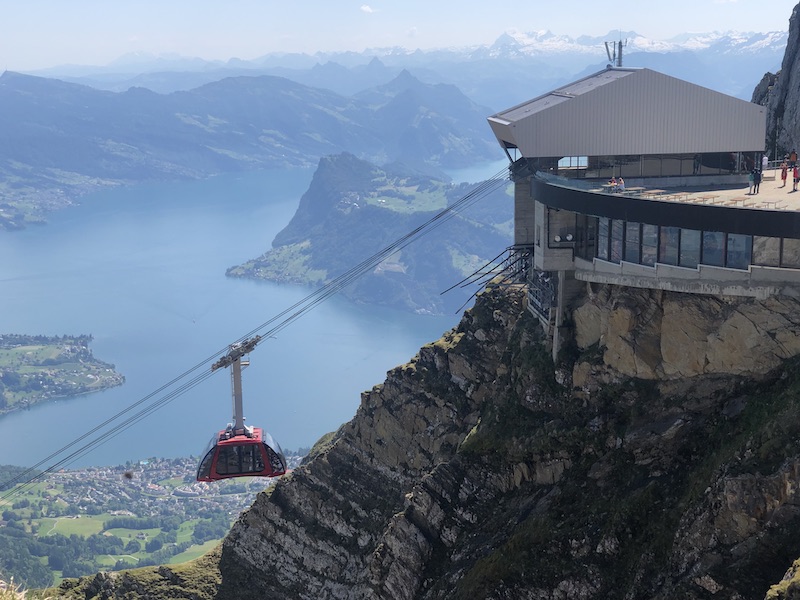
Thom waited for the train while I did a quick walk along a longer track which very quickly got very narrow with steep sides, resulting in my chickening out and heading back to wait for out train with Thom. The downhill train was quieter than our uphill and in under 30mins we had descended the mountain and were back by the shores of lake Lucerne and ready to continue our journey towards Liechtenstein. While I’d planned the journey to be scenic hugging lakes and skirting around mountains it turns out swiss engineering decided that route efficiency would take much of the scenic route underground. We stopped at Brunnen, a lakeside town at the far end of Lake Lucerne for lunch and a few photos before continuing non stop for the 1.5 hour drive to Liechtenstein. We’d visited castles, mountains and lakes of Switzerland, eaten chocolate and ended our travels in one of the smallest countries in Europe.
